I am so over LIFX smart bulbs
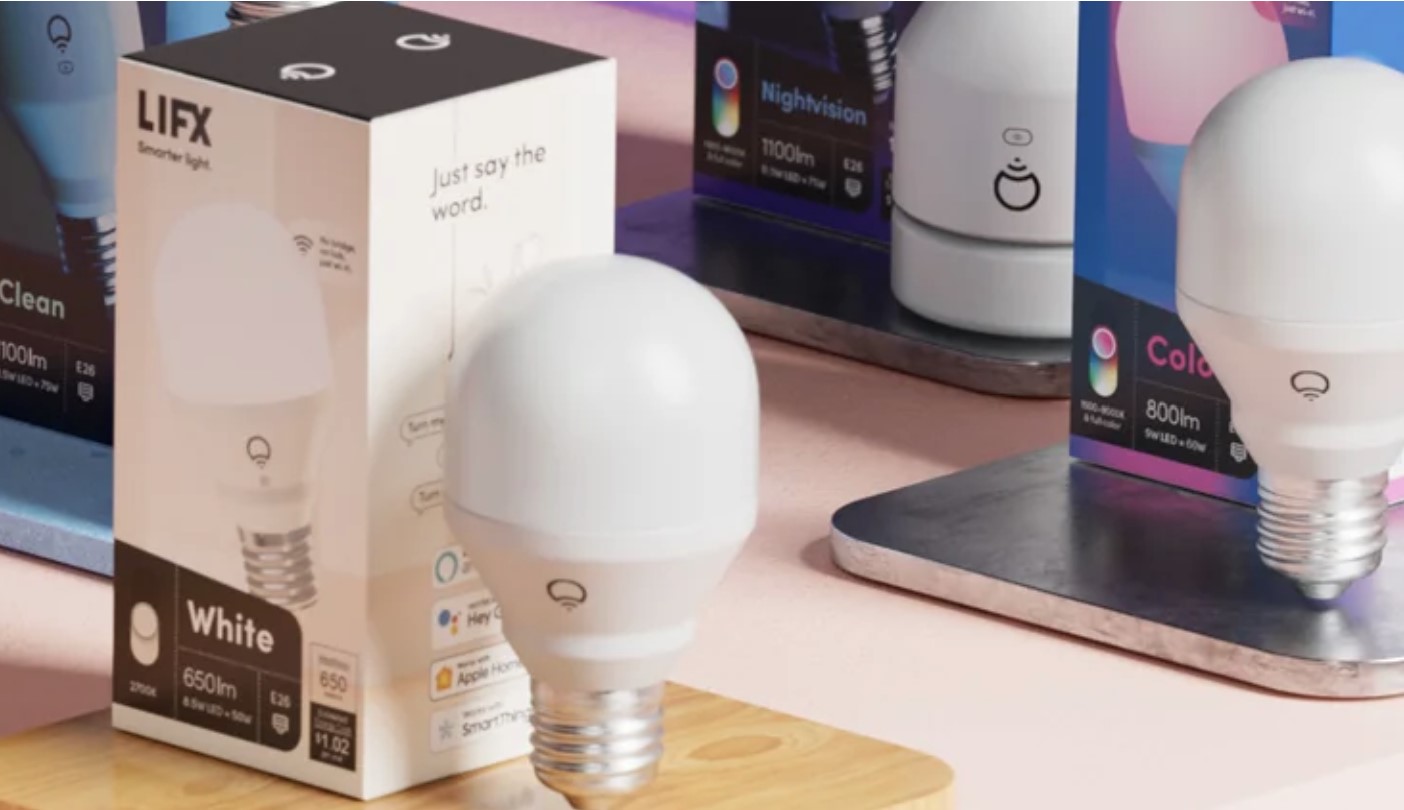
Long story short – In 2019, I equipped my home with LIFX smart bulbs. All went well for a year until OK Google started having issues finding and controlling bulbs and groups.
This was no small installation – downlights, GU10 bulbs, A60 bulbs, Mini white bulbs, and Wi-Fi LED light strips – the cost was $1000s, but I wanted to support the Aussie inventor, Phil Bosua. It went into receivership in 2022, and California-based Feit Electric has picked up the name and assets – not the liabilities or warranties.
Now I can’t determine if all the troubles started before or after Feit was involved, but symptoms seem to fall into two camps:
- Hardware faults – the lights would stop working. Some would not connect to Wi-Fi anymore but still worked as a dumb light, and some were dead.
- OK Google would, at inconvenient times, not be able to find the light or group saying it was unavailable or not set up and five minutes later would work. This smacks of LIFX cloud issues.
- Repeated attempts to remove the lights from the cloud and reinstall would invariably be a frustrating experience because it would work one minute and not the next.
- As far as I can tell, there have been no firmware updates for at least two years.
- The promise of Matter compatibility is out the window (with the bloody bulbs).

No, it is not Wi-Fi
LIFX is fond of advising (when you can make contact), “It is the router, not the bulbs”. That may be in some cases, but the internet is littered with similar LIFX issues.
I use one of the most powerful routers you can get today, the Netgear Orbi RBKE963 Quad-band Wi-Fi 6E AX 11000 mesh. It is about 3-5 metres from three more troublesome LIFX A60 bulbs. At least weekly, these lose connectivity. I have also tried Mesh and routers from D-Link, TP-Link, Netgear and more. It is not the router!
The solution to LIFX
Let me assure you that if LIFX had worked, I would be over the moon as I had made such an investment. I did not want to throw them away. But in their own way, each LIFX bulb had issues.
There are two mainstream solutions – the expensive one and the lower-cost one.
Philips Hue – The expensive one (prices are exclusive of any promotions)
These use a ‘Bridge’ that plugs via an Ethernet cable into the router. You connect Hue products to it. In a previous life (2019), I reviewed the Hue system, and it scored 9.2/10. We said it is the most reliable smart lighting system you can get – streets ahead of Wi-Fi. The fact that I have not had to log in to the Hue App since then speaks loudest.
The Bridge ($99) and two ES soft white bulbs are $159.95 (seen as low as $112). White 800-lumen bubs are $35, and colour bulbs are $120. Hue is for those that want bullet-proof reliability and a single App to control it all. Harvey Norman has most of the range.

TP-Link Tapo – a value Wi-Fi option
These use Wi-Fi and support Mesh routers on the 2.4GHz band. Read – TP-Link Tapo smart lights – easy setup, no worries. At the time, a two-pack of white/colour ES bulbs cost $39/49, significantly less than Philips. These have been in use since mid-2022 and had only one issue – an L630 GU10 bulb in a rangehood stopped working. We suspect heat and cooking steam may have caused this, but that is not an issue at $55 for a two-pack and a two-year warranty.

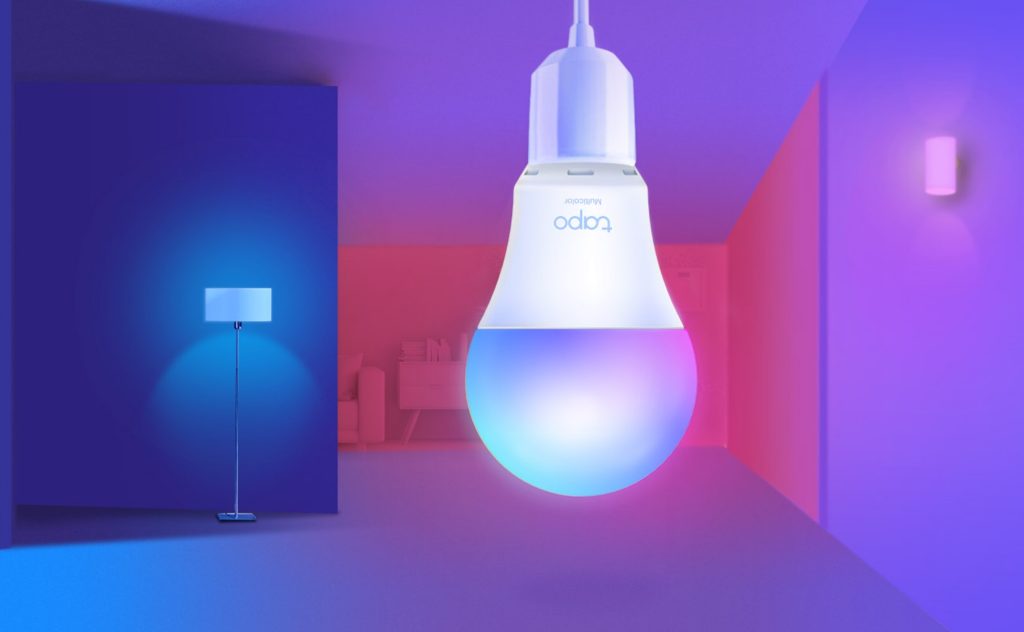

We have also tried a variety of other smart lights, including the Connect Smart brand sold via Harvey Norman, including the excellent 90mm, RGB, 240V plug-in down-lights. These have been in use since mid-2020 and have no issues.
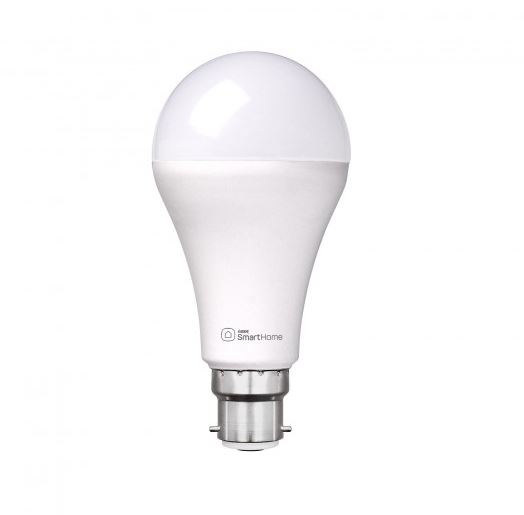
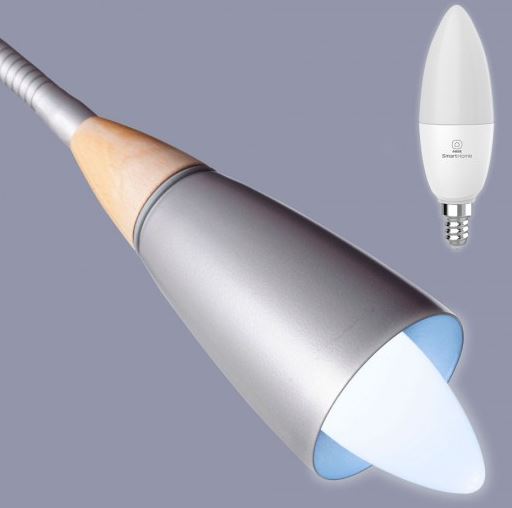
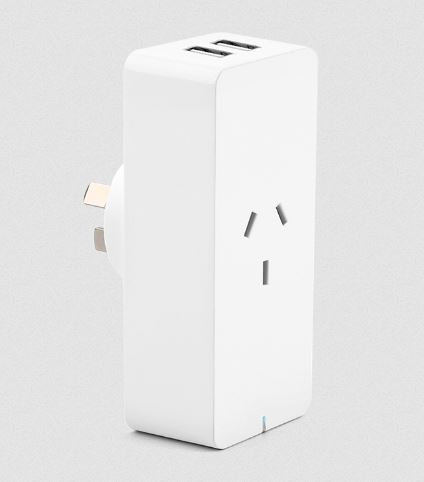
Our only issue with Wi-Fi is that you need a different App for each brand, so focus on one that meets your needs. Matter standards have yet to be widely embraced here.







